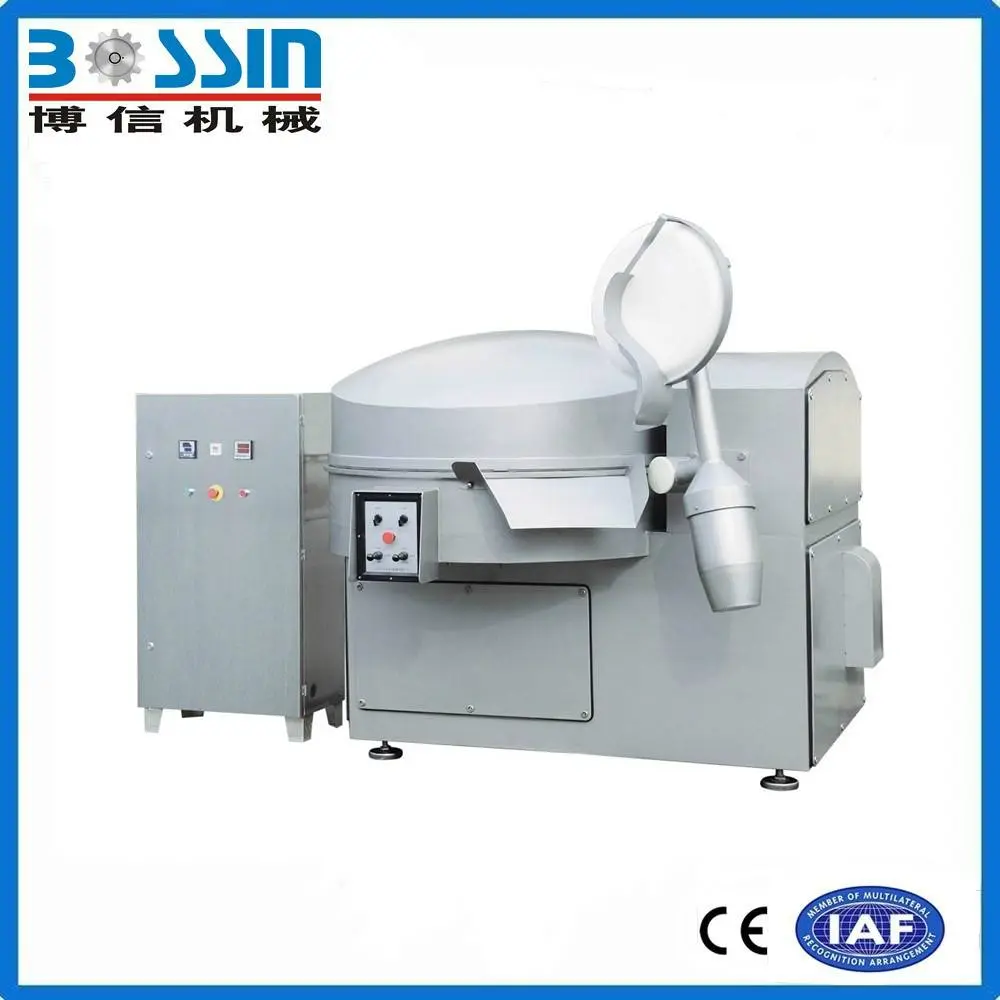
Aug . 06, 2024 15:14 Back to list
Affordable chicken separator machine pricing options for poultry processing and efficiency improvements
The Role of Chicken Separator Machines in Modern Poultry Processing
In the poultry industry, efficiency and quality are paramount. One of the essential tools that assist in achieving these objectives is the chicken separator machine. This innovative piece of equipment revolutionizes the way poultry processors handle chicken meat, ensuring maximum yield and minimal waste. In this article, we'll explore the importance of chicken separator machines, their functionality, and the benefits they bring to the poultry processing sector.
Understanding Chicken Separator Machines
A chicken separator machine is designed to separate edible meat from bone and cartilage efficiently. By utilizing advanced technology, these machines can effectively break down chicken carcasses into their constituent parts, allowing processors to retrieve valuable meat while discarding inedible components. Various models exist, ranging from small-scale units suitable for local processors to large industrial machines capable of handling thousands of kilograms of chicken per hour.
How Does a Chicken Separator Machine Work?
The operation of a chicken separator machine is relatively straightforward. After slaughtering and eviscerating the chickens, the carcasses are fed into the machine. The machine employs a combination of mechanical pressure and vibration to dislodge meat from bones and cartilage. Different screens or sieves may be used to filter out the separated materials, allowing for the collection of high-quality meat while ensuring that bones and other unwanted materials are removed.
The efficiency of these machines lies in their ability to process large volumes of chicken quickly. For instance, a well-designed separator can produce a high output with minimal labor requirements, drastically reducing processing time compared to manual methods. This enhances productivity and ensures that businesses can meet increasing consumer demand for poultry products.
Benefits of Chicken Separator Machines
chicken separator machine quotes

1. Maximized Yield One of the primary advantages of chicken separator machines is the maximization of meat yield. By effectively separating meat from bones, processors can utilize nearly the entire carcass, thus minimizing waste and increasing profitability.
2. Quality Assurance The separation process ensures that the meat retrieved is free from contaminants such as bone fragments or cartilage, leading to a higher quality product. This is crucial for maintaining standards in food safety and consumer satisfaction.
3. Cost-Effectiveness While the initial investment in a chicken separator machine may seem substantial, the long-term savings often outweigh the costs. With greater meat yield and reduced labor needs, processors can lower their overall operational expenses. Additionally, the ability to produce a consistent and quality product can enhance market competitiveness.
4. Labor Efficiency Automation through chicken separator machines reduces the need for manual labor, allowing processors to allocate human resources to other critical tasks within the processing plant. This not only streamlines operations but also helps in addressing labor shortages that some processing facilities face.
5. Sustainability By maximizing meat retrieval and minimizing waste, chicken separator machines play a role in promoting sustainability within the poultry industry. Efficient resource use leads to less environmental impact as fewer resources are required for the processing and disposal of waste.
Conclusion
In summary, chicken separator machines are invaluable assets in the poultry processing industry. They enhance efficiency, boost meat yield, and ensure high-quality products while promoting cost-effectiveness and sustainability. As consumer demand for poultry continues to grow, investment in advanced chicken separator technology will undoubtedly play a crucial role in the future of poultry processing. Embracing these innovations will allow processors to stay competitive in a rapidly evolving market, ensuring that they meet both consumer expectations and industry standards effectively.